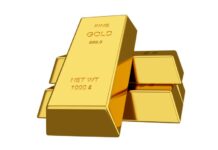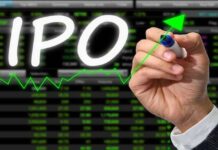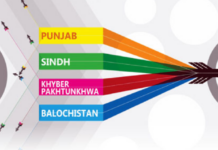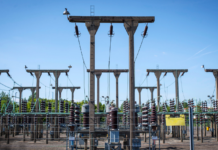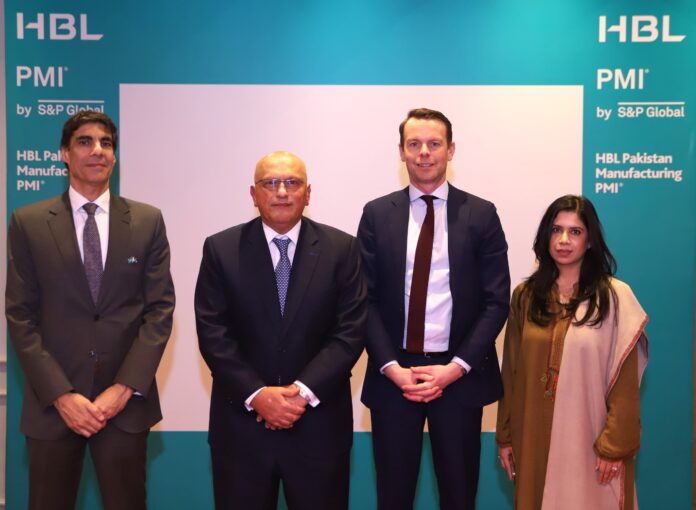HBL, in collaboration with S&P Global, has introduced Pakistan’s first-ever Purchasing Managers’ Index (PMI), marking a milestone in the country’s economic analysis. The index, namely the HBL S&P Global PMI, will provide monthly insights into Pakistan’s manufacturing sector, offering a real-time measure of business activity, production levels, and economic health.
What is the PMI and Why Does it Matter?
The Purchasing Managers’ Index (PMI) is a globally recognized economic indicator that tracks the performance of the manufacturing sector. It is derived from survey responses from businesses, covering key areas like, New orders and production levels (indicating demand and output trends), Employment (whether factories are hiring or laying off workers), Supplier deliveries (how quickly manufacturers receive raw materials), Stock levels (whether companies are stocking up or cutting inventories)
The PMI is expressed as a single number:
- Above 50 = Expansion in the mentioned sector
- Below 50 = Contraction in activity
By monitoring PMI trends, investors, policymakers, and businesses can gauge economic momentum, helping them make informed decisions on investments, hiring, and market strategies.
S&P global, a global financial information and analytics firm, renders its previous expertise in the field, having established the index for more than 30 countries in the world. The index has been repeatedly recognised by researchers and central banks lending legitimacy to its compact findings.
The robust calculation process involves not only the real time uptake in demand and supply but also incorporates the market sentiment by comprehensively surveying the on-field market players, collecting real-time and robust data points.
Enhancing Economic Transparency in Pakistan
The HBL S&P Global PMI will be published on the first working day of every month, making it one of the most frequent economic indicators available in Pakistan. The data will be sourced from a broad range of industries, ensuring a comprehensive and accurate representation of the manufacturing sector.
Speaking at the launch event, Luke Thompson, Managing Director of S&P Global Market Intelligence, highlighted the importance of the PMI:
“The launch of Pakistan’s first-ever PMI is a significant event, contributing to the accessibility of timely and high-frequency data to track economic developments. We expect this index to quickly become a key indicator in Pakistan’s economic calendar.”
Mr. Thompson further expounded upon the representativeness of the companies selected to calculate the PMIs, and the viability of the data with respect to the value added into the GDP of the country.
Muhammad Nassir Salim, President & CEO of HBL, echoed this sentiment, stating:
“We are pleased to introduce this index, which will enhance investor confidence and economic transparency in Pakistan. The HBL S&P Global PMI will serve as a vital resource for businesses, policymakers, and investors navigating the country’s economic landscape.”
What does the indicator say about today’s Pakistan?
Pakistan’s economy, valued at $350 billion, has been facing inflationary pressures, rising taxes, and high energy costs, partly due to conditions set by its $7 billion IMF bailout program. Many businesses have struggled with shrinking profit margins, making timely economic indicators like the PMI essential for decision-making.
The first incidence of the index shows positive signs of Pakistan with key indicators swaying in the positive direction. A comparative presentation of Pakistan’s PMI’s, showcased by HBL, puts the country’s PMIs at par with the United States of America.
As President Trump’s protectionist policies are set to increase manufacturing activity in the US, the survey expects Pakistan to gain some of the export market share, at the behest of China losing it.
While answering questions by the media, HBL President Nassir Salim mentioned that the foremost importance of the PMI is a standardised outlook of the Pakistani market, especially for prospective foreign investors. He mentioned that any inconsistency in the PMI numbers is expected to phase out over the course of time, as more and more data is collected.
The launch of the HBL S&P Global PMI also comes at a time when Pakistan’s banking sector is outperforming global peers. This collaboration with S&P Global positions the PMI as a critical tool for economic analysis, fostering greater engagement from investors and policymakers.
With its monthly updates and global credibility, the HBL S&P Global PMI is set to become a benchmark for tracking Pakistan’s manufacturing health, supporting data-driven strategies in business and government policymaking.


